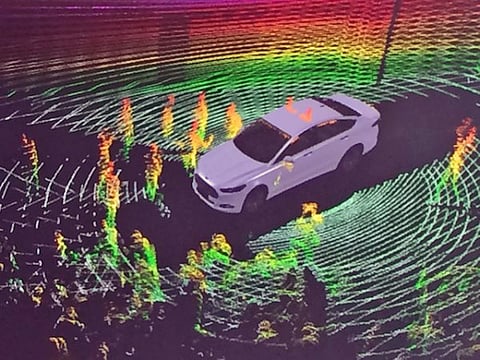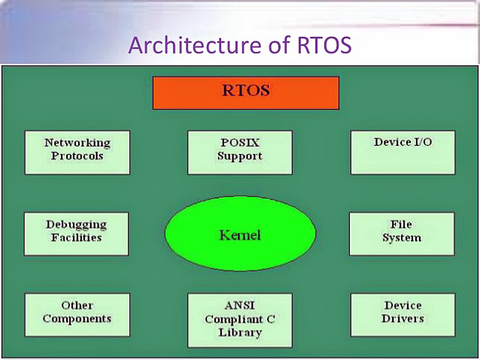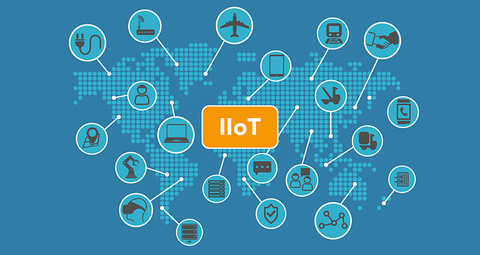
More than just occasionally, the question comes up, why are there two Sensors Expos each year, one on the west coast and the other in the Chicago area. The simplest answer is twofold: the expos cover everything related to sensors because sensors are a major ingredient in every modern technology, which requires more time and space to cover, and to cater to the different flavors of technology associated with each location. The west coast leans more to the component and silicon side of things while the Midwest leans towards industrial, manufacturing, and digital applications.
Regardless of your focus, the way technologies are converging, you can only benefit from attending either expo, but the advantages of attending both are immeasurable. How so? One of the most often stated realizations by attendees is, “I came here for X, but I did not know about Y and Z and how to integrate them into my application. It was a great learning experience I never expected to have.” Here are a few highlights of what you can expect to get involved with at Sensors Expo Midwest 2017.
Sensor Applications in Health & Medical Workshop
Back in May, the Medical Sensors Design Conference made its very successful debut in Newton, MA. The two-day event proved to be a viable resource for those involved in widely diverse healthcare and medical fields.

Both expanding and following up on the topics presented last May, the Sensor Applications in Health & Medical Workshop at Sensors Expo Midwest will be moderated by a consummate medical professional, Bunny Ellerin, Director Healthcare & Pharmaceutical Management Program at Columbia Business School. The half-day workshop will take place Tuesday, October 3, 2017 from 10 AM to 2 PM. Just a small hint of what will be covered, a short list of topics includes how sensor are fueling innovation, imagination, and entrepreneurial accomplishment in the medical and healthcare markets, bio-electronics, military applications, and more. Without question, there will be plenty of opportunities for attendees to direct questions to a bevy of experts in the field.
Automotive & Autonomous Vehicle Sensors Workshop
One of the most popular topics is autonomous vehicles. Cars, trucks, and vans that drive themselves and make critical decisions offer great opportunities for sensor, passive component, motor and motion control, software, embedded systems, optics, and artificial intelligence professionals.

On Wednesday, October 4, 2017 from 10:15 AM to 2 PM, the Automotive & Autonomous Vehicle Sensors Workshop will squeeze and incredible amount of insights into four fast moving hours. The workshop will be moderated by Will Tu, Senior Director of the Automotive Business Unit of Xilinx. You will learn the latest technologies driving the autonomous vehicle market. You’ll walk away with greater knowledge and novel perspectives on Advanced Driver Assistance Systems (ADAS), LiDAR, radar, cameras, high-performance computer platforms using the latest CPUs, GPUs, DSPs, and ISPs, and, of course, an array of sensor elements. And all will be followed by a panel discussion to explore the deeper topics involving autonomous vehicles.
Mastering Real-Time Operating Systems Workshop
With the convergence of all the latest sensor technologies and applications, they all need to interface together. Whether it be simple business networking, IoT, IIoT, medical, automotive, aerospace, or any other application, they all rely on embedded systems for interfacing. Embedded systems provide the organization, control, security, and expansion abilities for every application out there. And embedded systems rely on real-time operating systems (RTOS) to make it all work reliably and consistently.

Moderated by Jacob Beningo, the Mastering Real-Time Operating Systems Workshop, will cover the design methodologies necessary to properly select and use a RTOS. Critical points include how to schedule tasks using rate monotonic analysis (RMA), how to properly size the stack, when and where to use mutexes, semaphores, and how to use message queues. Preventing priority inversions, deadlock, and thread starvation will also be examined along with how to debug RTOS based applications.
IIoT University
You’ve probably become a bit tired of hearing the acronyms IoT and IIoT hyped and trumpeted by all the media, real and fake news. But these two concepts and entities, the Internet of Things (IoT) and the Industrial Internet of Things (IIoT, a.k.a. Industry 4.0) are the future of things. If one is not on board with these, one should be prepared to be stuck in the station for a very long time.
Hosted by Embedded Computing Design Magazine, the IIoT University will be a full day workshop on Tuesday, October 3, 2017 from 10 AM to 5 PM. Attendees can expect to learn and apply the latest techniques for designing industrial systems that communicate with the outside world and can make intelligent decisions.

The sessions may essentially target embedded and IoT engineers developing a plethora of industrial applications, but all sectors can benefit from the wealth of knowledge available from successful experts who will be speaking on number of critical topics. These include Firmware Attack: Live Demo and Preventative Measures, Maximize Cyber Defenses Using Secure Middleware, Secure Industrial Device Connectivity with Low-Overhead TLS, Fog Computing: Bringing the Value of the Cloud Closer to the Ground, Improving Automation Processes at the Programmable Network Edge, and more.
Bottom Line
Frankly put, regardless of how many excuses one may have for not attending, there is but one, and only one logical answer/retort: knowledge is power. If you want the power to succeed, you need to attend Sensors Expo Midwest. ~MD
About the author
Mat Dirjish is the Executive Editor of Sensors magazine. Before coming on board, he covered the test and measurement and embedded systems market for Electronic Products Magazine, after which he spent thirteen years covering the electronic components market for EE Product News and Electronic Design magazines. He also has an extensive background in high-end audio/video design, modification, servicing, and installation.